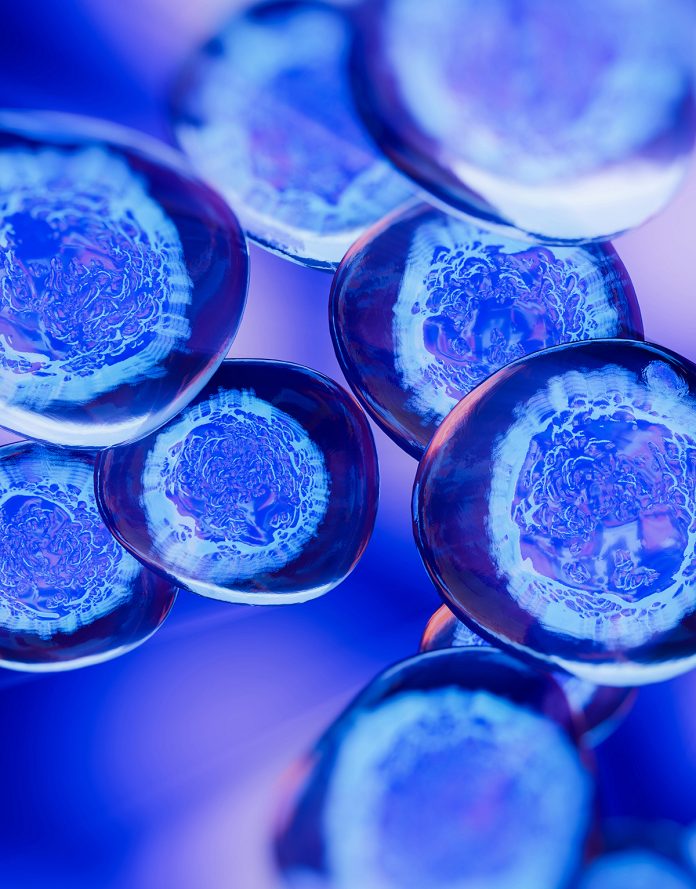
Using intestinal organoids, researchers at the Institute of Molecular Biotechnology of the Austrian Academy of Sciences (IMBA) and the Institute for Basic Science have identified a novel gene, Daam1, as a key player in orchestrating the development of stem cells in the intestine.
The human body, much like a well-maintained vehicle, relies on periodic checks and repairs to function optimally. In a biological context, tissue-resident adult stem cells take on the responsibility of renewing damaged or deceased cells within specific organs. Unlike embryonic stem cells with the potential to form any cell type, adult stem cells are confined to generating cell types native to their respective tissues. The mystery lies in how these tissue-specific stem cells determine their fate. Reporting in Science Advances, the researchers at IMBA have attempted to find an answer to this question by focusing on intestinal stem cells.
“In our intestines, cells are exposed to extreme conditions. Damaged cells have to be replaced, but it is a delicate balance between stem cell renewal and differentiation into other cell types: uncontrolled stem cell proliferation may lead to tumor formation; on the other hand, if too many stem cells differentiate, the tissue will be depleted of stem cells and ultimately unable to self-renew,” explained Gabriele Colozza, a postdoctoral researcher at IMBA and first author of the study.
Crucial to this balance are signaling pathways and feedback loops, with the Wnt pathway taking center stage. Known for its role in embryonic development, an overactive Wnt pathway can result in excessive cell division and tumor formation. Enter Rnf43, a known antagonist of Wnt signaling, identified in a previous study. In this study, the researchers tried to understand the role of Rnf43 and discovered its molecular partner, Daam1.
Through biochemical assays and experimentation with intestinal organoids — three-dimensional cell cultures derived from adult intestinal stem cells — the researchers uncovered the role of Daam1 in activating Rnf43. This activation enables Rnf43 to regulate Wnt signaling by directing the Wnt receptor Frizzled into vesicles called endosomes. From there, Frizzled undergoes degradation in lysosomes, effectively dampening Wnt signaling.
Intriguingly, when Daam1 or Rnf43 were knocked out in organoids, tumor-like structures emerged. However, the researchers noticed a striking difference when this experiment was repeated in mouse tissue. While the absence of Rnf43 led to the expected tumor growth, the absence of Daam1 resulted in no tumors. The key to this discrepancy lay in the type of secretory cells present—Paneth cells.
“When Rnf43 was missing, the intestines grew tumors—as expected. But when Daam1 was missing, no tumors grew. We were puzzled by this striking difference: how can the loss of factors in the same pathway, that behave similarly in organoids, lead to such different outcomes?” Colozza said.
Further investigation revealed that Daam1 is crucial for the efficient formation of Paneth cells, which secrete growth factors like Wnt, stimulating cell division. When Daam1 is active, stem cells differentiate into Paneth cells; without Daam1, they differentiate into other cell types. The scientists say that this discrepancy in Paneth cell formation explained the difference in tumor outcomes between organoids and mouse intestines.
According to the researchers, the study provides the first genetic evidence that Daam1, a member of the non-canonical Wnt pathway, is pivotal in specifying Paneth cells—a critical secretory cell in intestinal function. The findings also shed light on the role of the stem cell niche, showing that tumor cells can modify their microenvironment to influence their supporting environment, promoting better growth.













